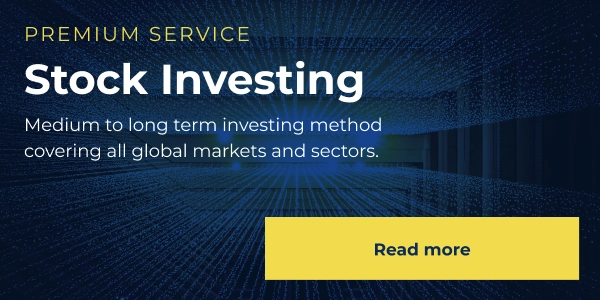Steady dividend income is the kind of anchor that keeps a portfolio from drifting too far when markets get choppy. Some stocks keep paying through thick and thin. Others look generous right before the cut comes. Finding high dividend stocks that can survive the next downturn, and the one after that, means going deeper than the headline yield.
Understanding the allure of the highest dividend stocks
It’s easy to be drawn to the highest dividend stocks on any screen. A double-digit yield seems like a shortcut to steady income. But big numbers can hide cracks. Prices often fall for a reason: weak earnings for several quarters, heavy debt coming due, or a cooling fast sector. When that happens, the dividend can turn from an asset into a liability. The companies that endure tend to have payouts that match the reality of their cash flow, not just investor expectations.

Why are the highest dividend yield stocks a warning sign?
The highest dividend yield stocks are not always the best long-term bet. Yields can spike because prices collapse faster than management adjusts policy. The safety margin disappears if the payout ratio starts brushing against the ceiling. This is where tracking operating cash flow over time matters. Even in slow markets, businesses that generate predictable cash are more likely to keep the checks coming.
Where do the best dividend stocks usually come from?
The best dividend stocks often look boring at first glance. They carry manageable debt, invest steadily in their main operations, and don’t rely on a single product line or region to drive revenue. For example, a food producer selling across continents can handle a bad harvest in one area without slashing its dividend. That kind of resilience isn’t flashy, but it’s worth more than a headline yield.
What patterns in high dividend stocks often show?
Certain high dividend stocks keep paying through tough stretches such as recessions, commodity slumps, and sudden political upheavals. That does not mean they move through these periods without damage. The ones that last tend to respond fast, trimming non-essential costs, finding buyers in unexpected markets, or holding back on projects until conditions improve. Looking back over ten or fifteen years often reveals the same rhythm: payouts that remain steady most of the time, brief pauses when needed, and only rare, deep cuts.
Balancing stability with selective risk
Sectors behave differently when it comes to dividends. Utilities and consumer staples usually keep the checks coming, even in slow economies. In contrast, energy, shipping, or mining can deliver higher yields but with sharper ups and downs. A portfolio that mixes both the steady and the cyclical has a better chance of protecting income while still catching upside when riskier sectors rebound.
Reading the quiet signals from management
What leaders choose to highlight tells a story. A proud mention of two decades without a missed payment is one signal. Avoiding the topic entirely is another. When those clues are weighed against the bigger picture, increasing interest rates, currency shifts, and changing inflation trends, it becomes easier to sense whether dividend-paying stocks are set to hold their ground or lose favor.
Final Perspective
The most reliable income streams aren’t built on luck. They come from companies with balance sheets, discipline, and adaptability to keep paying when others can’t. A high yield might catch the eye, but the underlying strength lets it last.



